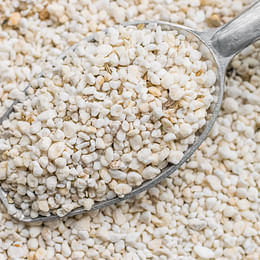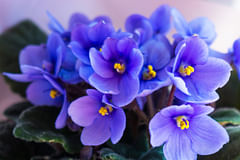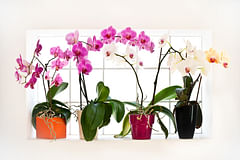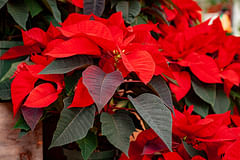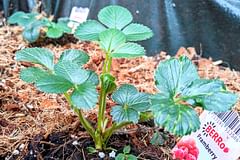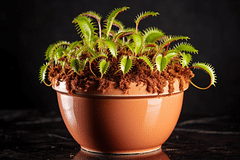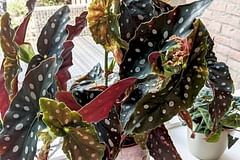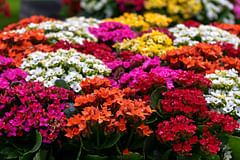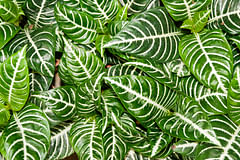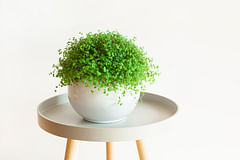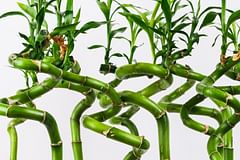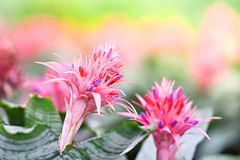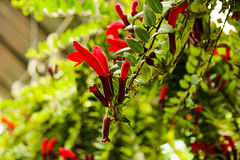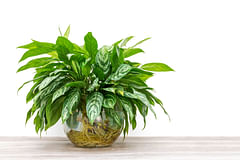A Comprehensive Guide to Gerbera Jamesonii Care
Learn how to keep your Gerbera Jamesonii plants happy and thriving with this comprehensive guide. Join me as I walk you through each step, making sure your plants thrive with confidence. Start your plant care journey now and witness the incredible growth of your plants like never before!
Last updated on:

Gerbera jamesonii, also known as the Barberton daisy or the Transvaal daisy, is a stunning flowering plant that has captivated gardeners and plant enthusiasts for years. This sun-loving and easy-to-grow plant is popular for its vibrant colors and long-lasting blooms.
If you're a plant lover who's fascinated by the beauty of Gerbera jamesonii, then you're in the right place! This guide will provide you with all the necessary information on how to care for this amazing plant.
These are the topics we're going to cover:
Let's get started!
Origin & Natural Habitat
Gerbera jamesonii, a member of the Asteraceae family and a member of the Gerbera genus, comes from South Africa and is a very adaptable plant that thrives in grassland regions, mountainous terrain, and sandy soils. It can handle warmer climates and even do well on cool, moist slopes in South Africa's mountains.
Plant Characteristics
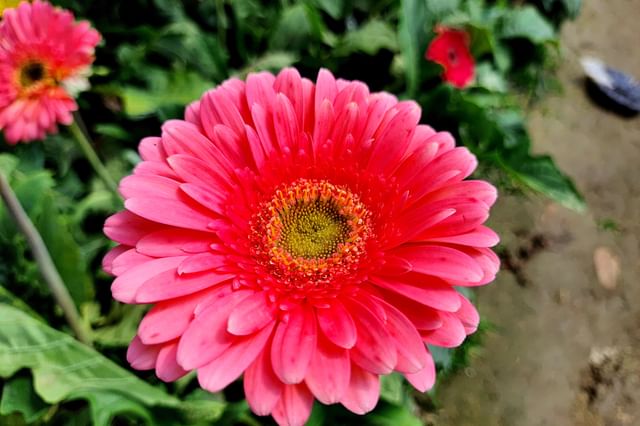
Gerbera jamesonii is a tough plant that loves full sun exposure and well-draining soil to avoid waterlogging. This flower can grow up to 75 cm (~30 inches) tall and grows daisy-like flowers in vibrant shades of yellow, orange, pink, and red.
Gerbera jamesonii is a herbaceous perennial, which is a type of plant that lives for more than two years. Unlike woody perennials, herbaceous perennials die back to the ground during winter and start to grow again from their roots when the warmer seasons return.
Light Requirements
Your Gerbera jamesonii needs bright, direct sunlight, and lots of it, to stay healthy and keep its flowers vibrant. If growing indoors, position it near a window receiving at least 6 hours of direct sunlight daily. If it gets too little light, it'll grow smaller and less vibrant flowers.
If growing outdoors, make sure to choose a spot with full sun exposure. Gerbera jamesonii is not suitable for shady areas and will not bloom as well if it doesn't receive enough sunlight.
The Gerbera Jamesonii might love the full sun, but it should be protected from heat, let's learn more about that!
Temperature and Humidity

Gerbera jamesonii thrives in warmer temperatures, ideally between 15-24°C (60-75°F). It is a great indoor plant as it can tolerate humidity levels between 50-70%. However, make sure to keep the leaves dry and avoid misting as it can lead to fungal growth.
When growing outdoors, ensure that the temperature doesn't fall below 10°C (50°F). If you live in a colder region, consider bringing your plant indoors during the winter months.
Whether you grow your plant indoors or outdoors, make sure to protect it from the afternoon heat, as this will dry out its sensitive petals and leaves, making them brown and crunchy.
Watering
Gerbera jamesonii requires regular watering to keep the soil moist. Make sure to water your plant every 2-3 days, or when the top layer of soil feels dry to the touch. Avoid overwatering your plant, as this can lead to root rot.
Again, it's important to avoid getting their leaves and petals wet as this can lead to fungal infections. Apply the water directly to the soil to help your flower thrive.
During the winter months, reduce watering to avoid waterlogged soil, but make sure the plant doesn't completely dry out.
Soil and Potting

Gerbera jamesonii prefers well-draining, slightly acidic soil with a pH of 5.5-6.5. A good potting mix for this plant is a combination of peat moss, compost, and perlite. This potting mix will drain excess moisture to the bottom of the pot quickly and will keep its light and airy structure well for a long time, due to the peat moss and perlite. This is ideal for plants that thrive in permanently moist soil.
If you're growing your Gerbera jamesonii in a pot, choose one that has drainage holes at the bottom to prevent water from collecting at the roots. If the roots are standing in a puddle of water for too long, it will cause root rot and there is a big chance this kills your flower.
Fertilization
To ensure healthy growth and beautiful blooms, regularly fertilize your Gerbera jamesonii during the growing season in spring and summer. Use a balanced liquid fertilizer once a month. Avoid high-nitrogen fertilizers, as they can prioritize leaf growth over blooms.
Add the liquid fertilizer to the water you use to water your flower and apply it directly to the soil. In the winter, don't fertilize your Gerbera jamesonii at all. You can start to feed it again at the beginning of spring.
Pruning and Deadheading
To promote healthy growth and encourage new flowers to grow, regularly deadhead your Gerbera jamesonii. Deadheading means removing the dead flowers from the plant, which helps direct energy back into the plant for healthier growth and the production of new blooms. For Gerbera jamesonii, this can stimulate a longer blooming period and keep the plant looking better for longer.
Pest and Disease Management
Gerbera jamesonii is generally resistant to pests and diseases. However, it can still be vulnerable to spider mites, aphids, and powdery mildew. If you spot any signs of infestation or disease, treat your plant with neem oil or an insecticide that targets the specific issue.
Repotting
To keep Gerbera jamesonii healthy, repot every 2-3 years. Choose a slightly larger pot and use a fresh potting mix. Carefully remove the plant from its current pot and gently untangle any root-bound roots before transferring it to the new pot. Make sure not to damage the roots in the process.
Propagation

Gerbera jamesonii can be propagated through seed or division. For seed propagation, sow them in early spring and keep the soil consistently moist until germination. Growing this plant from seeds could take a few months, so it might be better to try propagation by division.
For division propagation, simply divide the plant into smaller clumps in early spring, when you notice the first signs of new growth, and replant them in fresh soil.
Seasonal Care
During the winter, Gerbera jamesonii goes dormant and needs less water and fertilizer. If you're growing it indoors, keep it away from cold drafts and windows to prevent frost damage. In the spring, you can go back to your regular care routine and watch your plant flourish with beautiful blooms.
Common Varieties
Gerbera jamesonii comes in popular varieties like 'Sangria', 'Terra Cotta', 'Pink', and 'Yellow'. Each variety has unique colors and growth patterns, making them an excellent addition to any plant collection.
Conclusion
Gerbera jamesonii is an easy-to-grow and beautiful plant that adds color and vibrancy to any garden or indoor space. Follow the care tips in this guide to ensure your Gerbera jamesonii thrives and produces healthy blooms year after year.
Thank you for reading this post! I hope it helps you to keep your plants healthy and beautiful! If you're looking for more guides on specific plants, you can always request a plant guide to get a guide for the plant you have trouble with.
Tags: flowers, moisture-loving, sun-loving
Posted on: Oct 28, 2023

